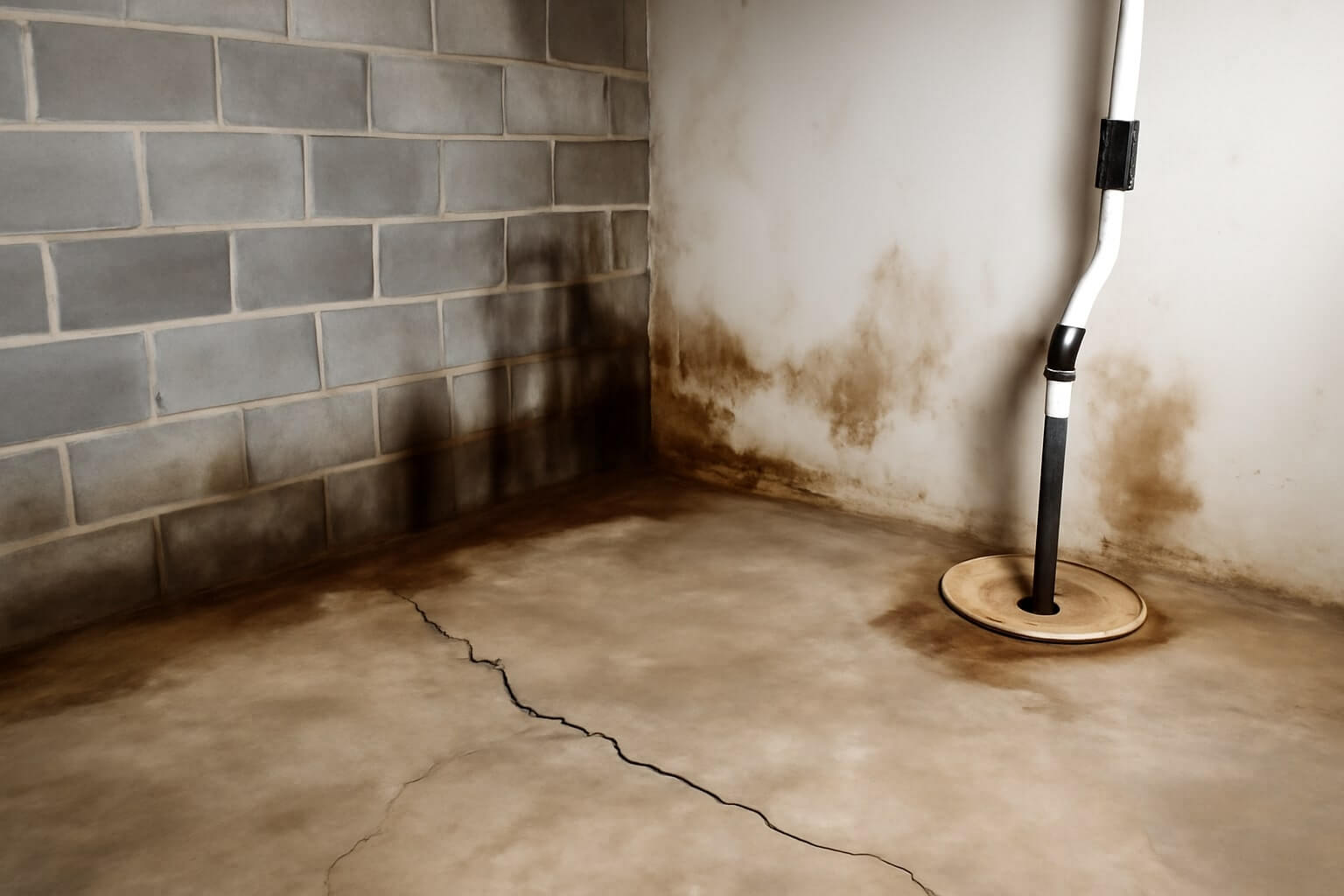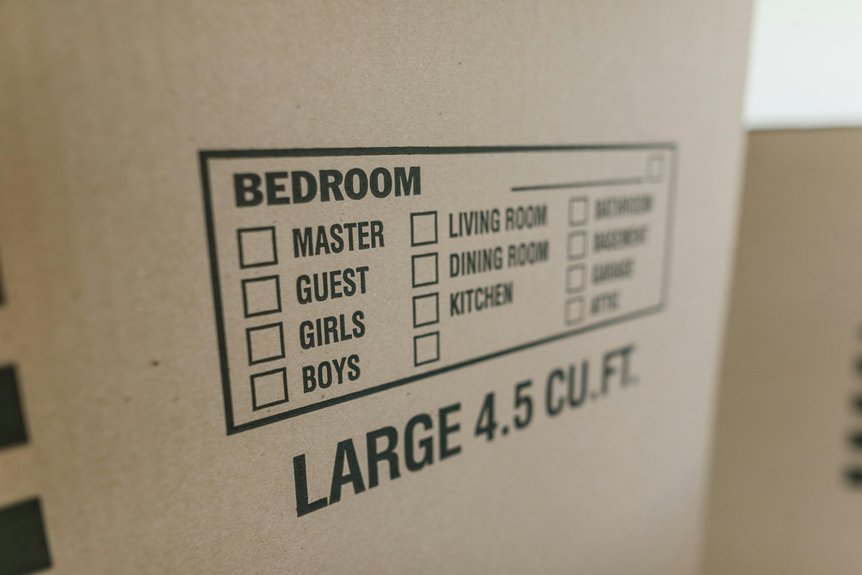When it comes to basement waterproofing in Annapolis, MD, you might be making some costly mistakes without even realizing it. Neglecting proper drainage systems, overlooking ventilation needs, and failing to seal cracks and gaps can lead to significant water damage and mold growth. Understanding these common pitfalls is vital for protecting your home. So, what steps can you take to guarantee your basement remains dry and safe?
Key Takeaways
- Ignoring proper drainage systems increases the risk of water intrusion; implement French drains and sump pumps to channel water away effectively.
- Overlooking ventilation needs can lead to moisture problems; use exhaust fans and dehumidifiers to maintain air quality and control humidity.
- Failing to seal cracks and gaps allows moisture to enter; regularly inspect and use high-quality sealants to create a watertight barrier.
- Neglecting effective water diversion can cause pooling in basements; ensure gutters and downspouts direct water at least six feet from the foundation.
- Skipping regular monitoring and maintenance of drainage and ventilation systems can lead to costly repairs; consistently check humidity levels and system functionality.
Ignoring Proper Drainage Systems
When you ignore proper drainage systems, you greatly increase the risk of water intrusion in your basement.
Effective drainage solutions are crucial to channel water away from your foundation. Installing French drains or sump pumps can greatly enhance water diversion, preventing pooling and dampness.
Effective drainage solutions, like French drains and sump pumps, are essential for preventing water pooling and dampness around your foundation.
Make sure gutters are clean and downspouts direct water at least six feet from your home. Regularly inspect your yard’s grading to facilitate proper runoff.
By prioritizing these drainage solutions, you safeguard your basement against moisture-related issues, protecting both your property and investment.
Don’t underestimate the importance of effective water diversion in maintaining a dry and healthy basement environment.
Overlooking Ventilation Needs
Neglecting ventilation needs can lead to severe moisture problems in your basement. Proper ventilation systems are essential for maintaining air quality and controlling humidity levels.
Without adequate airflow, moist air can become trapped, fostering mold growth and structural damage. It’s vital to assess your basement’s ventilation requirements based on its size and usage.
Implementing exhaust fans or dehumidifiers can enhance moisture control, ensuring that excess humidity is effectively removed. Regularly monitoring humidity levels will help you identify potential issues early, allowing for timely intervention.
Don’t overlook this important aspect of basement waterproofing; effective ventilation is key to a dry, healthy environment.
Failing to Seal Cracks and Gaps
Even the smallest cracks and gaps in your basement can lead to significant moisture intrusion if left unaddressed.
Regular crack inspection is essential to identify these potential entry points for water. When you notice even minor cracks, don’t hesitate to act—proper gap sealing can prevent costly water damage.
Utilize high-quality sealants designed for basement conditions, ensuring a watertight barrier. Remember that untreated cracks can expand over time, worsening the issue.
Conclusion
To protect your basement from costly damage, avoid these common waterproofing mistakes. Make certain you have a proper drainage system with French drains and sump pumps to divert water effectively. Don’t overlook ventilation; incorporating exhaust fans and dehumidifiers can greatly reduce humidity and mold growth. Finally, regularly inspect and seal any cracks and gaps to prevent moisture intrusion. Taking these proactive steps will help safeguard your home and maintain a dry, healthy basement environment.




